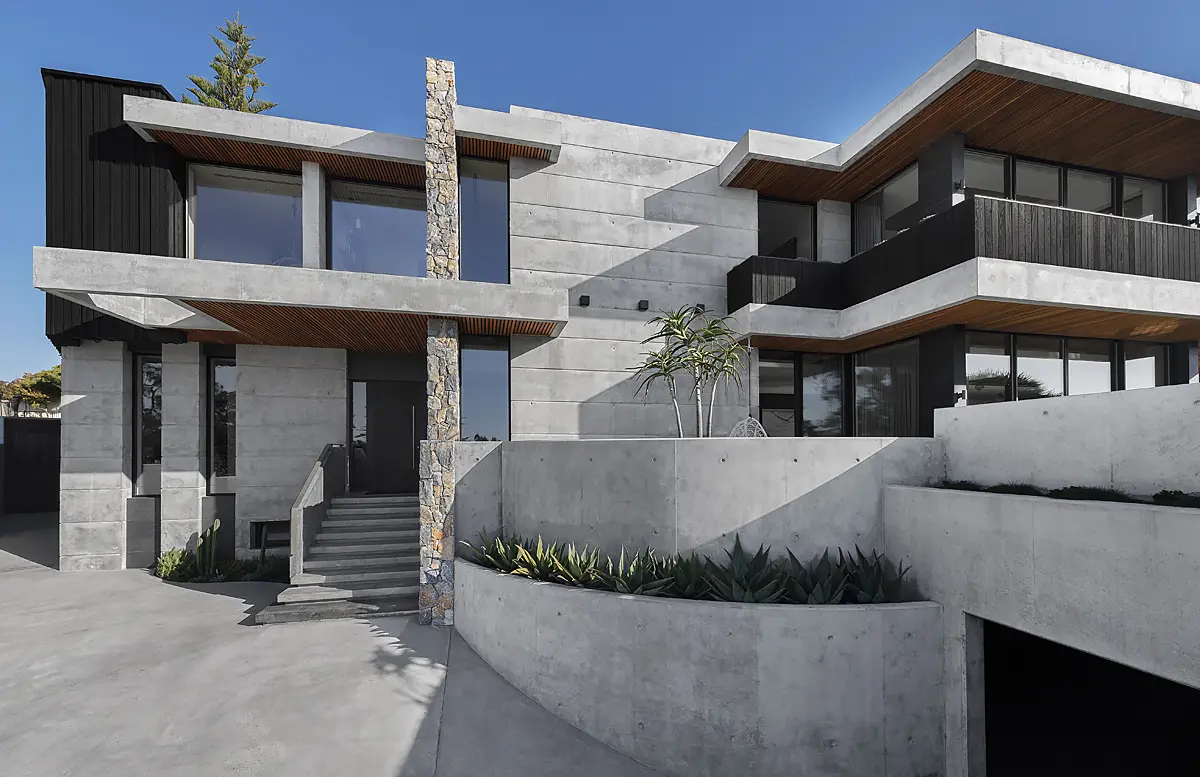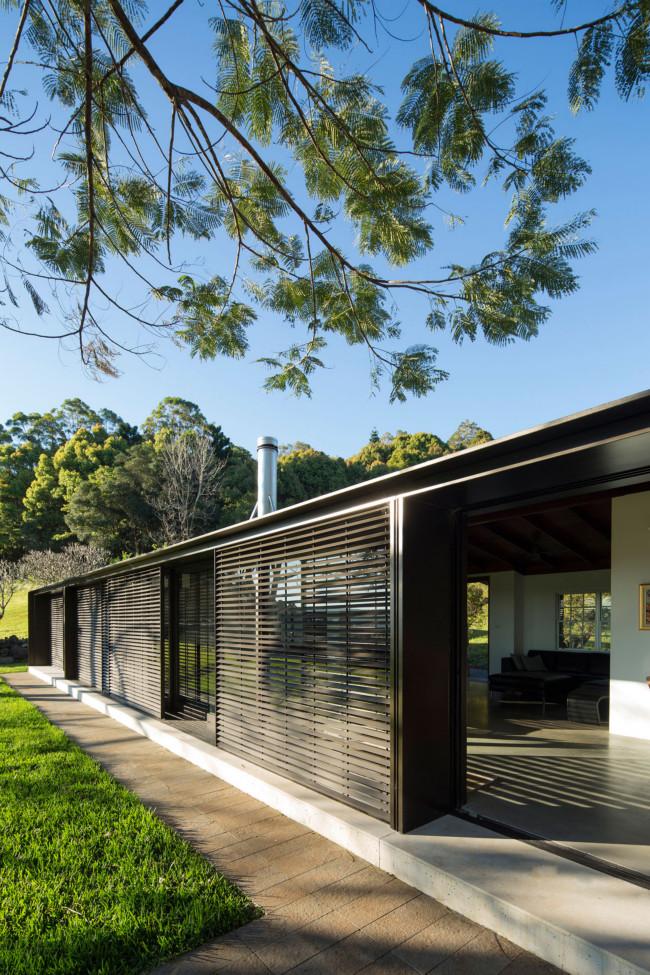Residential Architects: Creating Beautiful, Functional Spaces for Every Home
Wiki Article
How Residential Architects Create Personalized Homes for every single Way Of Life
The procedure by which domestic engineers layout customized homes is a nuanced interplay of comprehending client demands and converting those understandings into functional living spaces. Through comprehensive examinations and the usage of layout devices, engineers record the significance of their clients' way of lives, making sure that each home shows personal values and ambitions.Comprehending Client Demands

Efficient communication is vital in this process. Designers should motivate customers to articulate their lifestyles, household dynamics, and future goals, ensuring that the style mirrors their unique identification. By employing tools such as surveys, meetings, and visual surveys, engineers can collect important understandings into the client's vision.
In addition, understanding the context in which a home will exist is crucial. Architects should consider aspects such as the website characteristics, regional environment, and social impacts that can impact the design. This alternative technique enables the development of spaces that are not just aesthetically pleasing but lasting and also practical.
Ultimately, a deep understanding of client needs allows designers to produce personalized homes that improve the lifestyle for their owners, fostering a sense of belonging and convenience within their living settings.
Layout Refine and Cooperation
The layout process in residential architecture is a vibrant interaction of creative thinking and cooperation, where engineers, customers, and various stakeholders work closely to bring a vision to life. This iterative trip generally begins with a series of conferences to develop a comprehensive understanding of the customer's desires, choices, and way of life demands. During these conversations, designers collect vital information, enabling them to conceive styles that line up with the customer's vision.Complying with the initial consultations, the layout stage develops through illustrations, 3D designs, and architectural makings. This visual communication offers as a device for designers to existing concepts, while additionally welcoming client responses, making certain that the final design resonates with their assumptions. Efficient collaboration with designers, contractors, and indoor designers is important during this stage, as it makes certain that all useful elements of the job are seamlessly incorporated.

Incorporating Lifestyle Elements
Including way of living aspects into domestic design is necessary for producing rooms that absolutely reverberate with the occupants. residential architecture homes. This process begins with recognizing the special requirements, preferences, and day-to-day regimens of the home owners. Designers take part in comprehensive conversations to discover how the individual or family members uses their area, whether for entertaining visitors, going after hobbies, or looking for peaceful retreat
As soon as these understandings are gathered, architects can customize style functions that enhance day-to-day experiences. Open flooring plans might be made for households that prioritize togetherness, while committed work areas can be incorporated for those who function from home. Outdoor locations, such as gardens or patios, can be emphasized for families that appreciate outside tasks or entertaining.
Additionally, versatility is a key factor to consider; multi-functional spaces permit flexibility as lifestyles progress over time. Customized storage space services can additionally be incorporated to satisfy details organization requirements, making certain that the home remains clutter-free and useful. Ultimately, by attentively weaving way of living components into the architectural fabric, property engineers develop customized homes that not only meet visual needs yet also substantially boost the lifestyle for their clients.
Sustainable and Smart Style
Wise and lasting style significantly plays a crucial role in residential architecture, as home owners seek to decrease their ecological influence while boosting their living experiences. Engineers are currently incorporating environmentally friendly products, energy-efficient systems, and innovative technologies to create homes that not only meet visual needs yet additionally offer the earth.Including eco-friendly power resources, such as solar panels and wind turbines, allows homeowners to harness natural sources, significantly reducing dependence on typical power grids. Smart home modern technologies additionally improve sustainability by enhancing energy use with automated systems that manage illumination, cooling, and home heating based on occupancy and choices.
Additionally, making use of sustainable structure materials-- like redeemed wood, bamboo, and recycled steel-- advertises a circular economic situation, minimizing waste and source intake. Designers also stress passive layout principles, ensuring homes are oriented for optimum natural light and air flow, thereby decreasing the requirement for artificial cooling and heating.
In enhancement to ecological advantages, lasting and smart style adds to the general convenience and health and wellness of homeowners. By prioritizing interior air quality and all-natural elements, engineers produce rooms that promote health, allowing home owners to flourish in consistency with their environment.
Wrapping Up and Executing Strategies
Wrapping up and implementing plans is a critical phase in the household style process, where the vision of a customized home starts to appear. This stage involves careful focus to detail, guaranteeing that every facet of the design is exactly articulated and all set for building. residential architecture homes. Architects team up carefully with customers to evaluate final plans, attending to any kind of final changes or concerns, while making sure that all components straighten with the homeowner's lifestyle needsOnce plans are completed, architects prepare extensive construction documents, including detailed drawings and requirements that offer as a plan for contractors. These files describe materials, surfaces, and setup techniques, offering clarity for subcontractors and contractors. Additionally, safeguarding essential licenses and adhering to regional building regulations is vital, as it guarantees conformity and smooth task implementation.
By fostering a joint environment, architects can assure that the implementation straightens with the original vision. Inevitably, this important stage transforms ideas into truth, laying the structure for a home that reflects the distinct way of living and choices of its inhabitants.
Final Thought
In final thought, property architects play a critical duty in crafting tailored homes that provide to varied way of livings. Via thorough understanding of customer requirements, joint layout procedures, and the assimilation of way of living aspects, designers make sure that each home shows private preferences.The process by which property designers style customized homes is a nuanced interplay of understanding customer requirements and equating those insights into functional living spaces. Via thorough consultations and the usage of style tools, architects record the significance of their clients' way of lives, ensuring that each home mirrors individual values residential interior architect and goals. Architects need to motivate clients to express their way of lives, family characteristics, and future ambitions, guaranteeing that the design shows their distinct identification.The style process in household design is a dynamic interaction of imagination and collaboration, where engineers, clients, and numerous stakeholders work closely to bring a vision to life - residential architecture homes. With meticulous understanding of customer needs, joint style procedures, and the combination of lifestyle aspects, architects make sure that each home reflects private choices
Report this wiki page